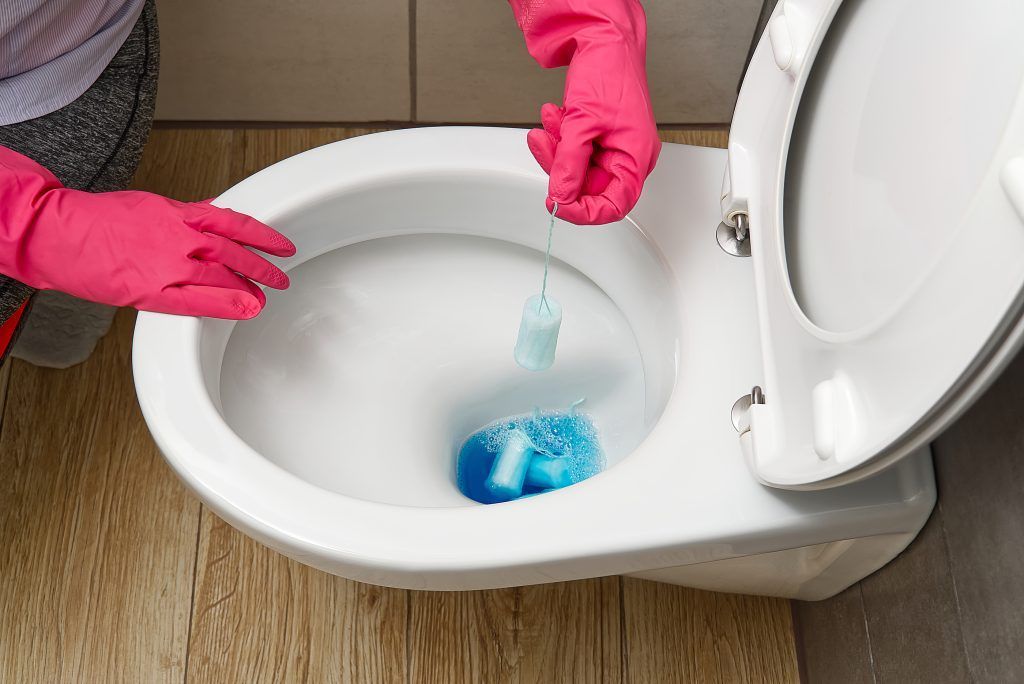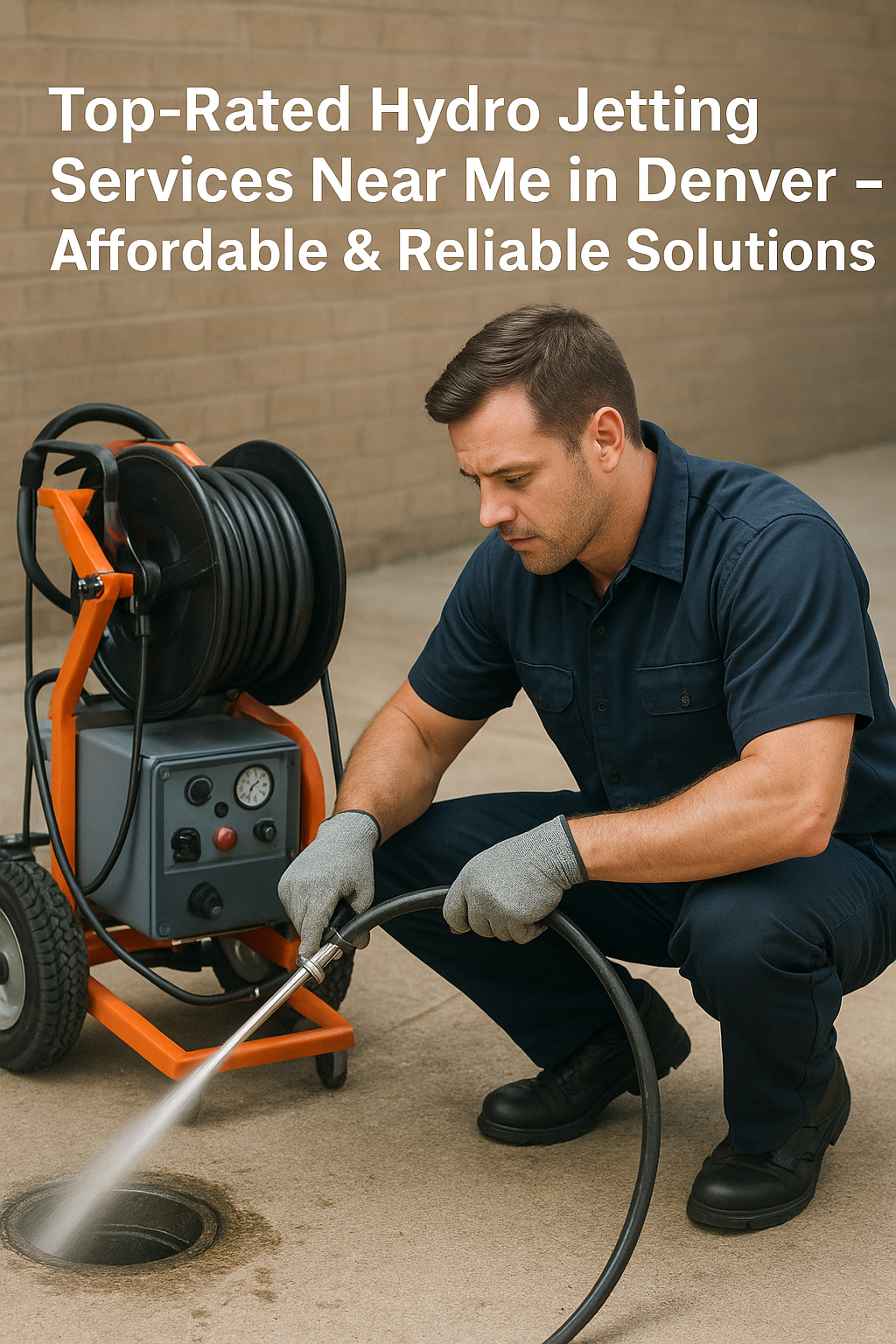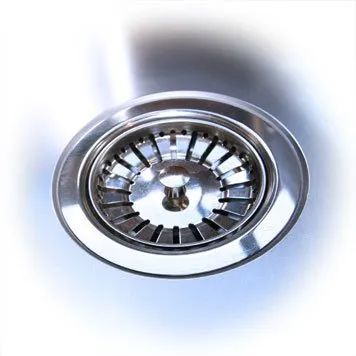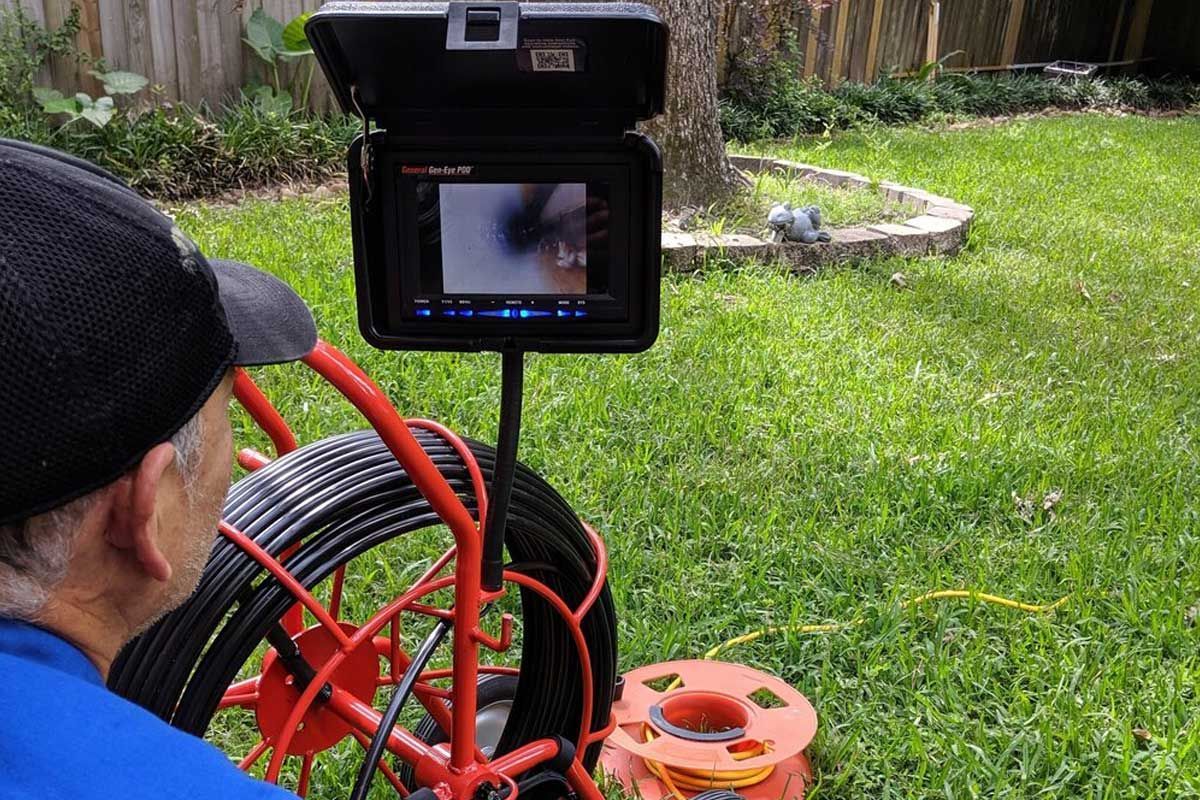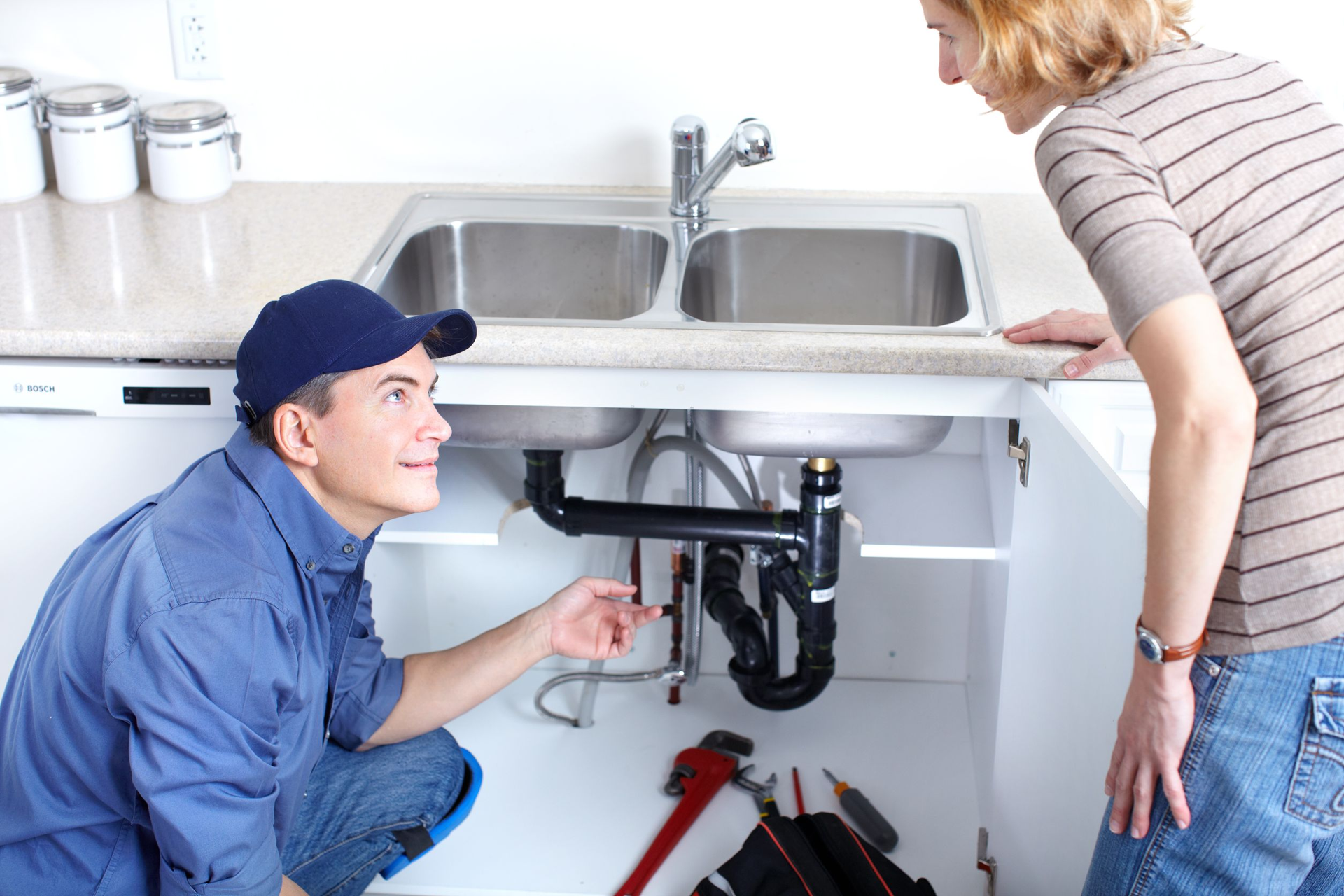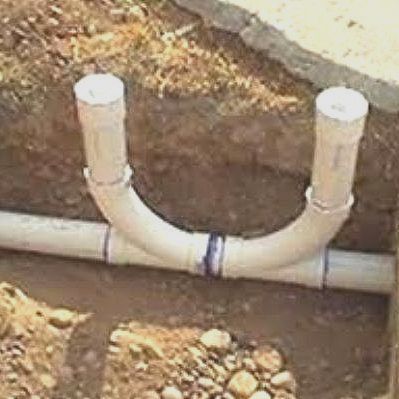How to Clear a Main Line Clog?
Sewers and drain lines are an integral part of your home’s plumbing system, providing you with the ability to safely remove waste from the home. This may be human waste, such as from the toilet, or it may be wastewater from bathing, washing hands, cooking and other related activities. This wastewater washes down through the drains and into the sewer line as it leaves your property. You may not realize it but your drains as well as your sewer line need to be inspected periodically for the well-being of your property and a piece of mind. Can breathing sewer gas make you sick?

Why Sewers and Drains Need to Be Inspected
Sewers and drains can both become clogged or damaged, and an inspection can help you to determine the true condition of your pipes. These pipes are critical to your home’s condition, and damaged pipes can interfere with your ability to use the sewer line. Damage can also cause property damage to your home. For example, some clogged drains or damaged sewer lines can result in sewage waste spilling back into the home. This can cause an unhealthy, stinky mess as well as the potential for water damage and more. Inspecting the lines periodically is a great way to learn about potential issues that are developing before they become problematic.
Different Drain and Sewer Inspection Techniques
There are different techniques that are commonly used today to inspect drains and sewer lines. Some Drain Inspection companies, for example, will push a snake-like device through the pipe to ensure that it is clean, and some will clean the pipes during this process. This will check for signs of a clog, but it will not be able to determine if there is a crack or leak in the pipe. Cracks and leaks are common in the pipes outside of the home, such as with the main sewer line. This is because the pipe can settle when the ground settles, or tree roots can impact it.
The Best Sewer and Drain Inspection Method
The better method to use when inspecting a drain or sewer line is a video inspection method. With this method, a camera will be inserted into the drain line and through the sewer line. The plumber will be able to view the pipe from the interior, and this includes the entire length of the pipe. Many areas of the pipe may be hidden in walls, a concrete foundation or underground, so the ability to see inside the pipe is a true benefit. If damage is found, it can easily be pinpointed so that repair work can be completed quickly.
When to Schedule a Sewer and Drain Inspection
The best time to contact a plumber to schedule a sewer and drain inspection is once per year. This will help you to keep your home in the best possible condition and will alert you to any possible signs of damage that require repair work before they turn into major issues for you. However, it is important to schedule an inspection if you believe that there may be something wrong with your system. For example, your toilets and drains may all be sluggish, and you may worry that you have a clog in the main sewer line. An inspection can tell you what you need to know.
What does a sewer inspection consist of?
Sewer camera inspection is a process which involves snaking of a robotic snake, fastened with a camera at the lower end, down the drain for looking out for possible dangers or damages inside the sewer lines.
Spring & Summer are the most popular time to buy a new house, and with that comes home inspections. Due to the Corona Virus (COVID-19) this has changed You may think of plumbing when considering a home inspection but getting your lateral sewer line inspected often does not come top of mind. It is, however, an especially important ancillary service. A sewer scope inspection is performed by using a tiny camera to video record the lateral sewer line in a home that leads from the foundation of the house to the main sewer line. The recording will show any potential problems with the pipeline. Drain Brain LLC Sewer scope inspections are typically recommended for homes older than 10 years. We highly recommend that every home get the Video camera inspection just to be safe. There are a lot of benefits to getting a sewer scope done and serious risks if you forego it.
Causes
There are many different reasons why your lateral sewer line could have problems. One of them is tree roots. The roots like to soak up the water the pipes carry—they find a small crack in the line and push their way through. This can block the sewer line, causing plumbing issues. Settling is another potential issue a sewer scope could find. This happens when a sewer line sinks down into the ground and build-up occurs. Plumbers call these trenches “bellies.” The actual land itself can move too, causing problems known as ground shifting—earthquakes, ground water tables and excavations can all cause this. Older homes tend to have clay or concrete sewer lines, easily creating hazardous cracks.
Plumbing Issues and Indicators
There are certain telltale signs to look for when determining whether your lateral sewer line is damaged. One is a foul odor. If there is a bad smell coming from your drain, it might be an indication that something is wrong with your sewer line. A wet and soggy lawn may also suggest your house has a busted line. The moisture caused by a broken pipeline makes the sewer susceptible to rodents and insects, which could ultimately enter your house through the pipes. Mold and mildew are another consequence of a leaky pipe. And lastly, broken slabs and wall cracks are an indication that you could have compromised piping. Fortunately, all these problems can be discovered by a sewer scope inspection.
Benefits and Risks
A typical sewer scope inspection costs between $150 to $200 dollars and takes less than an hour to perform, depending on the house. This is small compared to the tens of thousands of dollars you may spend fixing your lateral sewer line if you do not catch the problem in time. The benefit of getting a sewer scope inspection done is having peace of mind knowing there are no issues with your main sewer line. The risk of not having one done is the financial burden it could carry months or years down the road if something goes unexpectedly wrong. If you do not get one, you could end up digging up your yard. Better safe than sorry!
In short, getting a sewer scope inspection can save you money and hassle. It is best to spend the extra money now because you never know what problems you may find later.
What does Sewer Gas smell like?
Like natural gas, sewer gas has a sulfuric odor. However, sewer gas generally smells more like rotten eggs and less like a skunk. The problem comes from a backup of sulfides, ammonia, methane, and other inorganic compounds. In low doses (and in most homes), sewer gas is harmless enough—even though it's unpleasant.
Can Breathing Sewer Gas make you Sick?
Hydrogen sulfide is dangerous even at low levels. Prolonged exposure to sewer gas can cause irritability, headaches, fatigue, sinus infections, bronchitis, pneumonia, loss of appetite, poor memory and dizziness. It affects people and pets that are exposed to it over a long period of time.
8 Ways to Get Rid of Sewer Gas Smell
- Clean the sink overflow. A sink overflow is a hole located either underneath or across from the faucet.
- Check the toilet wax ring.
- Caulk the toilet base.
- Clean out bacterial growth in drains.
- Check rarely used bathtubs and sinks.
- Check for leaks.
- Inspect your garbage disposal splash guard.
- Schedule a video drain inspection.
Getting Rid of Sewer Flies
Soap + Water + Sugar + Vinegar
Add a few drops of dish soap to a bowl of water, sugar, and apple cider vinegar. Leave the bowl out for a few days close to the drain to attract the drain flies to the sweet solution. The thickness of the added soap will trap the flies in the water.
Contact
Drain Brain LLC to get your Sewer Scope done today. 720-322-4845 and get the Sewer Scope Inspection for just $100.00
